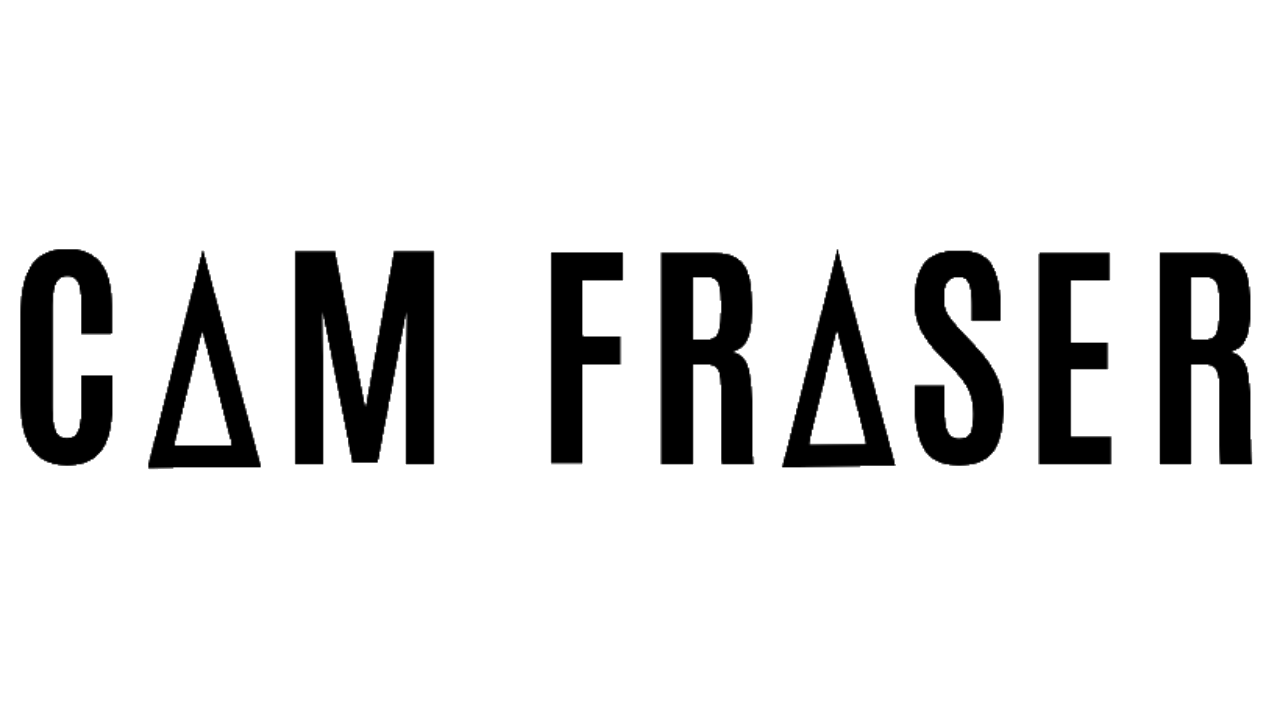There is so much misinformation about sexuality education, particularly regarding programs directed at young people in high schools.
One source of some of the misinformed claims about sex ed is economist Thomas Sowell, who's book, Inside American Education, I mention in my previous blog post about Candace Owens. Here is a video of him making several claims about the impact of sexuality education in American high schools. As is usually the case with these anti-sex ed folks, no sources are cited. So, lets unpack his talking points.
"When the parent raises the child the wrong way, the parent pays the price when the child goes down the tubes. But these third parties can sit back in their - wherever they are - Washington or whatever, and if the things they tell us turn out to be wrong, it doesn't hurt them."
Describing children as going "down the tubes," which is just such an economist way of describing undesirable behaviour among adolescents. As for third parties not being held accountable, I largely agree with this. But I want to talk about some of the more specific claims he is about to make.
"For example, before we introduced sex education into the schools in the 60s, the rate of venereal disease had been going down every single year."Firstly, as I cover extensively in my previous blog post, sex education wasn't introduced into schools in the 60s. It was around for decades before that with federally funded campaigns raising awareness of and specifically combatting the spread of venereal disease, which at the time referred to syphilis and gonorrhoea. It is because of this sex education that the rate of venereal disease was going down every single year since Word War II.
"I think it was the rate of infection for gonorrhoea in 1960 was half of what it was in 1950. So, all these things were going down before the left came into the schools with their sex education. And all these things reversed and shot up immediately afterwards."
So yes, while the rate of infection for gonorrhoea was lower in 1960 than it was in 1950 - although it wasn't as much as half (Elflein, 2024) - it actually began increasing again in 1958, not in the 60s (Brown, 1971). In fact, one of the reasons why the rate increased in the 60s is because prior to 1964 gonorrhoea was actually difficult to accurately diagnose (Peterman et al., 2018). That was until a selective culture medium was developed that made widespread testing possible (Thayer & Martin, 1964).

This was particularly important when it came to testing women, because before this gonorrhoea was thought to be mostly asymptomatic in women (Brown, 1971; Balows & Printz, 1972). Not to mention that if a woman did test positive for gonorrhoea in the 20s, 30s, and even the 40s, this could be treated as evidence of "prostitution" and she could be arrested, isolated, and quarantined under the Chamberlain-Kahn Act (Stern, 2015).
This is why, in 1972, when federally assisted state and local programs to control gonorrhoea were implemented (Balows & Printz, 1972), efforts focused on screening women through culture analysis and encouraging infected male patients to bring or refer their sexual partners for medical care (Brown & Wiesner, 1980).

If we bring this back to teenagers - because remember this is about sex education in high schools - it is important to note that in the period between 1968 and 1971, various states passed laws permitting physicians to treat teenagers for STIs without notifying their parents (Centres for Disease Control, 1979). And so, it is unsurprising that as result of these case-detection activities the proportion of reported cases of gonorrhoea among adolescent females rose (Bell, 1983). Indeed, by 1973, in the 15- to 19-year age group, the gonorrhoea rates for females surpassed those for males (Mascola et al., 1983)
To say that it was the left coming into schools with their sex education which caused the rise in gonorrhoea is not only incorrect but is also blatant fear mongering when you consider that during this time only 6 states and the District of Columbia mandated the teaching of some form of family life or sex education (Rodick, 1970; Parcel & Kenepp, 1972; Castille & Jerrick, 1976).

"But nobody paid any price - nobody who pushed that paid any price for it."The rhetoric around sex education and an underlying nefarious agenda is not new. This is an old playbook with pages dedicated to Cold War propaganda. Understanding where these talking points come from is necessary to cut through noise surrounding sex ed today.

